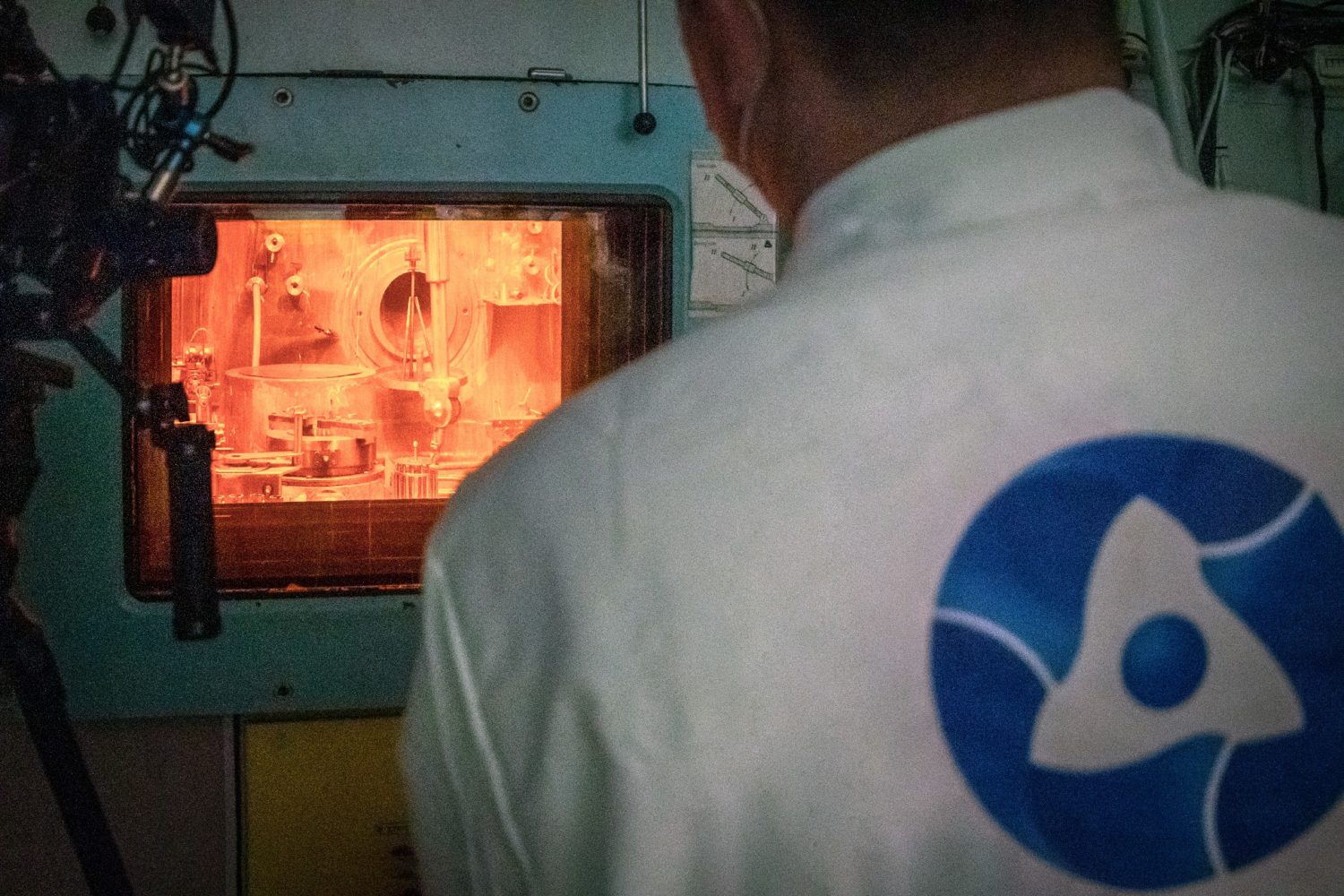Lutetium-177 therapy brings the expected success in prostate cancer patients.
Developments in the world of nuclear medicine have brought hope to many patients. Lutetium-177 therapy applied to patients with prostate cancer gave positive results.
The therapy was administered at the Federal Research and Clinical Center of Radiology and Oncology (FRCCRO) of the Russian Federal Medical and Biological Agency. A substance containing lutetium‑177 for the treatment of neuroendocrine tumors and prostate cancer was developed using technology from the Research Institute of Atomic Reactors (RIAR, part of Rosatom’s research division). The radiopharmaceutical passed all the stages of quality control.
“As a manufacturer of the original substance, we are able to meet all the needs of Russian medical institutions and timely fulfill all the orders we might receive,” says Oleg Andreev, one of the drug developers and Head of Radionuclide Sources and Substances at RIAR. In Russia, the radiopharmaceutical is supplied to four medical centers.
According to Pyotr Sychev, Head of the Nuclear Medicine Center and a radiologist at FRCCRO, the treatment was effective and none of the patients had adverse reactions.
The treatment procedure is as follows: doctors first make sure that the patient experiences no side effects and then inject the drug intravenously. The drug is administered once every two months. “Our patients have completed the first course of treatment, and all of them showed a decrease in the blood level of prostate specific antigen protein. They feel well,” Peter Sychev said.
As noted by Maxim Kushnarev, CEO of V/O Izotop (Rosatom’s subsidiary supplying isotope products), in an interview with Vestnik Atomproma magazine, lutetium‑177 medical isotope has been supplied to Brazil since 2021.
This September, the Leningrad Nuclear Power Plant obtained a license to produce lutetium‑177, having added a new isotope to its product range consisting of iodine‑131, molybdenum‑99 and cobalt‑60.
It is also produced at the Leningrad NPP
In mid-November, the Leningrad NPP met its annual target for the production of cobalt‑60, which is used in gamma radiation sources for commercial irradiation plants.
This September, the Leningrad Nuclear Power Plant obtained a license to produce lutetium‑177, having added a new isotope to its product range consisting of iodine‑131, molybdenum‑99 and cobalt‑60. Lutetium-177 (Lu-177) is referred to as one of the most promising medical radionuclides used in the production of innovative radiopharmaceuticals. According to leading scientists in the field of advanced medicines, thanks to lutetium-177-based drugs, high successes are achieved in the targeted treatment of some oncological diseases, including metastatic forms of castration-resistant prostate cancer, neuroendocrine tumors, lung cancer, etc.
Technologies development for the production of 177Lu-trichloride and actinium-225 is concentrated within the institutes of ROSATOM scientific division (Science and Innovations JSC). Today, dozens of lutetium-177 and actinium-225-based radiopharmaceuticals are at various stages of clinical trials in the world. According to the world scientific community, innovative radiopharmaceuticals will make a significant contribution to the fight against widespread oncological diseases.



